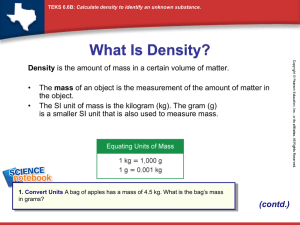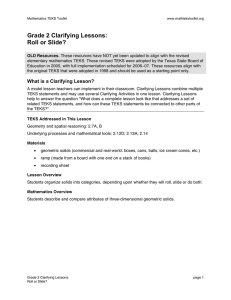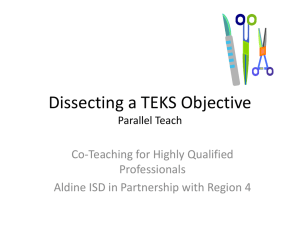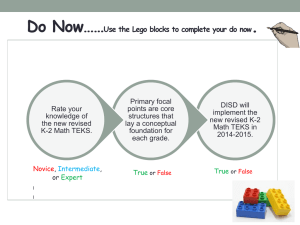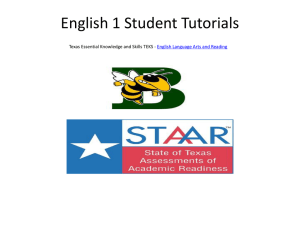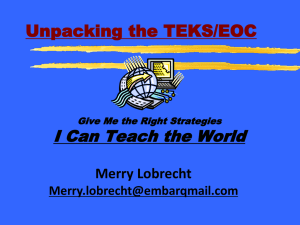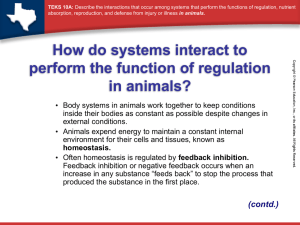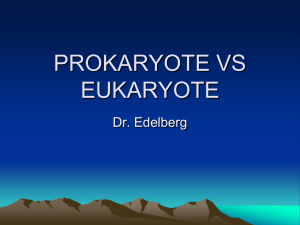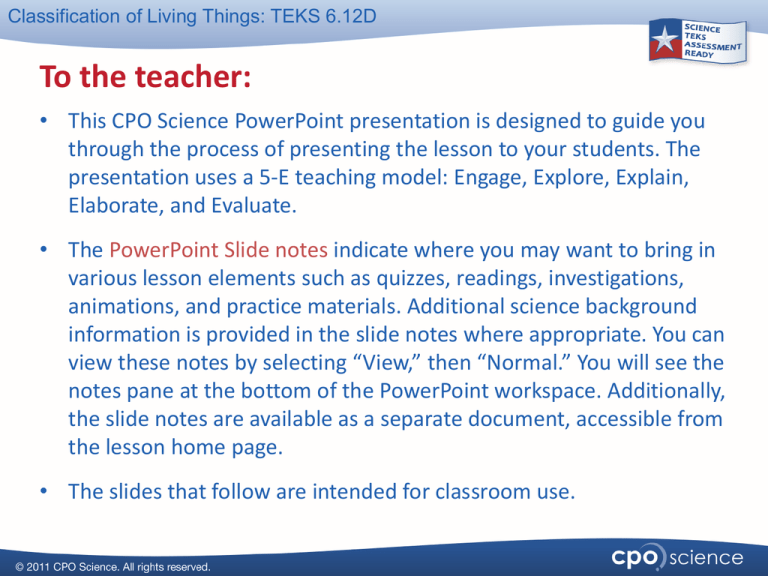
Classification of Living Things: TEKS 6.12D
To the teacher:
• This CPO Science PowerPoint presentation is designed to guide you
through the process of presenting the lesson to your students. The
presentation uses a 5-E teaching model: Engage, Explore, Explain,
Elaborate, and Evaluate.
• The PowerPoint Slide notes indicate where you may want to bring in
various lesson elements such as quizzes, readings, investigations,
animations, and practice materials. Additional science background
information is provided in the slide notes where appropriate. You can
view these notes by selecting “View,” then “Normal.” You will see the
notes pane at the bottom of the PowerPoint workspace. Additionally,
the slide notes are available as a separate document, accessible from
the lesson home page.
• The slides that follow are intended for classroom use.
Classification of Living Things: TEKS 6.12D
Three questions
• A living thing can belong to one of
three groups: domain Archaea,
domain Bacteria, or domain Eukarya.
• Domain Eukarya includes the
kingdoms Protista, Fungi, Plantae, and
Animalia.
• To pick the right group, scientists often
ask the three questions at right.
• Answer the three questions for the
following organisms:
E. coli
Human being Starfish
Water flea Puffball
Daffodil
Classification of Living Things: TEKS 6.12D
Time to investigate!
• Complete the lesson investigation:
– Classifying Living Things
Classification of Living Things: TEKS 6.12D
Classifying by type of cells
• All living cells can be classified into two groups:
prokaryotic and eukaryotic.
• prokaryotic cell - a cell that does not have a nucleus
or membrane-covered organelles. Bacteria are
prokaryotic.
• eukaryotic cell - a cell that has a nucleus and
membrane-covered organelles. Animals, plants, fungi,
and protozoans are eukaryotic.
Classification of Living Things: TEKS 6.12D
Type of cells
Classification of Living Things: TEKS 6.12D
Classifying by how a living thing
gets energy
• A producer can make its own
food. Another name for a
producer is autotroph.
• A consumer eats other living
things for food and energy.
Another name for a
consumer is heterotroph.
Classification of Living Things: TEKS 6.12D
Classifying by mode of reproduction
• There are two types of reproduction: asexual and sexual.
• Asexual reproduction is reproduction that
requires only one parent. Most single-celled
organisms like bacteria and protozoans
reproduce this way. Offspring are identical to
the parent.
• Sexual reproduction is a type
of reproduction that involves
special types of cells called
sex cells. Off-spring have a
new combination of genetic
material from the sex cells
of the parents.
Classification of Living Things: TEKS 6.12D
Time for Practice!
• Complete the lesson practice activity
below:
For each organism below, name the
kingdom, type of cells, mode of obtaining
energy, and mode of reproduction.
Classification of Living Things: TEKS 6.12D
Show what you know!
• Try the lesson’s interactive quiz, or complete a quiz
that your teacher can print out for you.
• Hint:
– You might want to review your lesson reading piece one
more time before trying the quiz.




